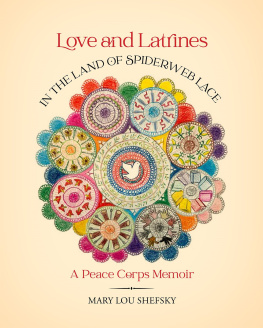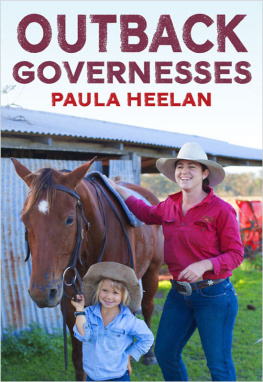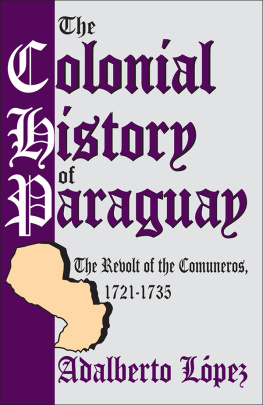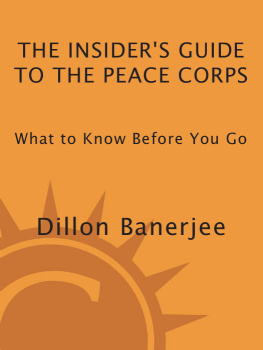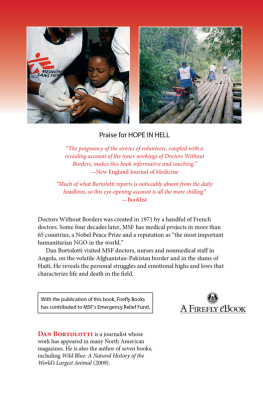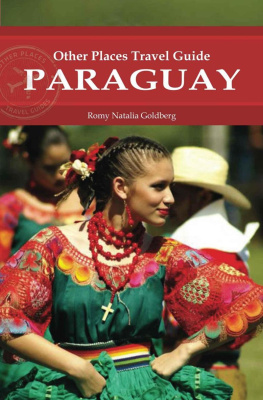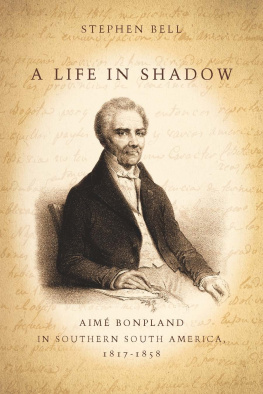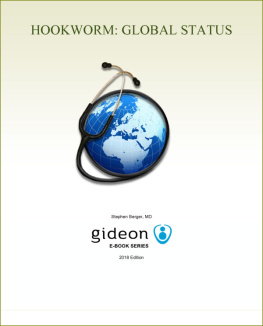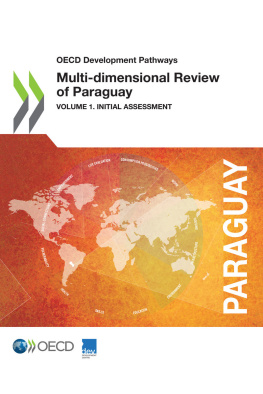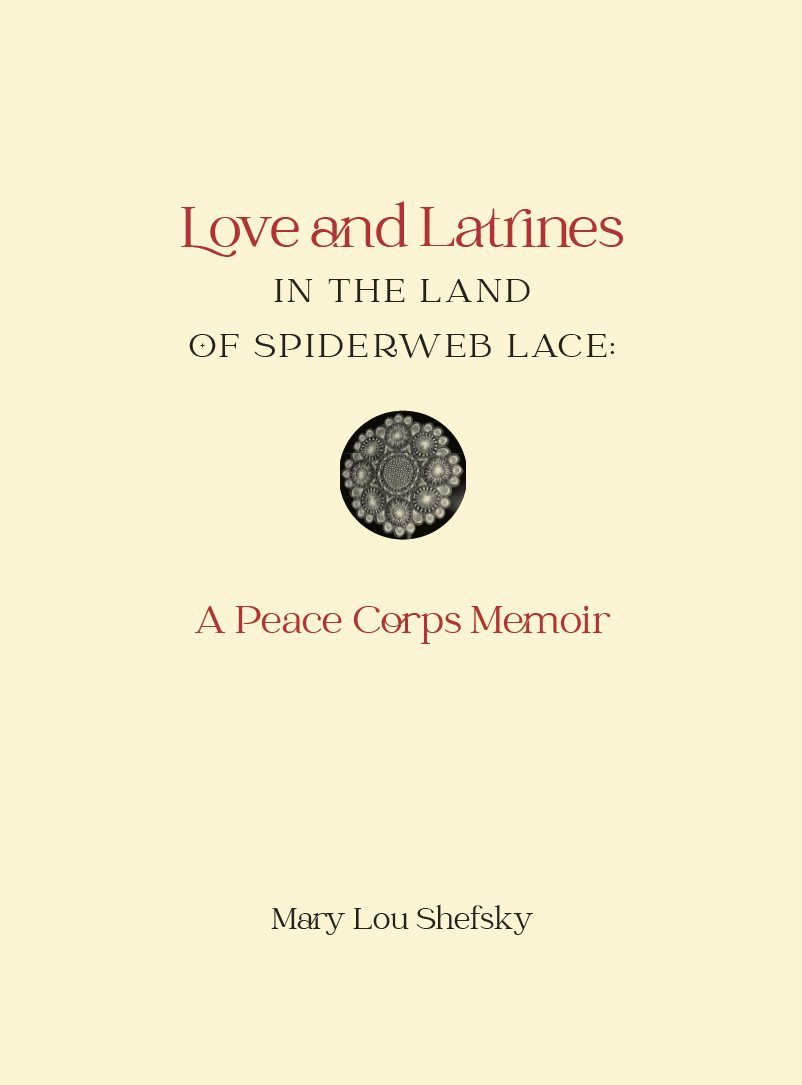Suggested Reading
There have been over a thousand Peace Corps memoirs written since 1961. One of the earliest ones and a favorite of mine is Living Poor: A Peace Corps Chronicle by Moritz Thomsen. He served in a small coastal community in Ecuador and wrote about his experience with humility and insight. Thomsen became somewhat of a legend among Volunteers in that country and around the world.
Another favorite is Monique and the Mango Rains by Kris Holloway, a Volunteer in Mali in 198991. It is a heart-felt tribute to her counterpart, a midwife named Monique. Kris writes with sensitivity and humor, reflecting the passion and soul of the Peace Corps. When Julie, one of our local RPCVs in the Yakima Valley, told me she had served in Mali, I mentioned the book. Tears came to her eyes as she told me she had been assigned to work with Monique after Kris completed her service. It was obvious that Julie also had deeply loved and respected Monique.
Journey to the Heart of the Condor: Love, Loss, and Survival in a South American Dictatorship by Emily Creigh and Martn Almada is a memoir with a unique approach. Emilys service as a Volunteer in Paraguay overlapped with ours. Co-author Martn is a Paraguayan who suffered severely under the Stroessner Regime. The juxtaposition of their writing is riveting, giving insight into what it was like for some Paraguayans during the years of dictatorship.
Mark Salvatore, who arrived in Paraguay to serve in the Peace Corps just before Stroessner was deposed in 1989, starts his memoir as an eyewitness to that historic event. His story, Shade of the Paraso: Two Years in Paraguay, South America , brings to life his experiences in a small, remote community. As I read his memoir, I easily saw the images in my minds eye. Although I wish he had continued his story beyond his service, I recommend his book as a good reflection of the Peace Corps experience.
Don Haffner, an Albion College classmate (Class of 1972), published his memoir, Mukho Memories: A Peace Corps/Korea Memoir , in 2017. His Volunteer journey turned into a decade of living and working in his host country. He does exceptionally well writing about the history and culture of Korea as he tells his personal story.
For deeper insight into Paraguayan history, culture, and contemporary life, The Paraguayan Reader: History, Culture, Politics is enlightening. Editors Peter Lambert and Andrew Nickson cover a broad variety of topics by authors with different viewpoints from Paraguays earliest recorded history to the first part of the 21st century.

The cover photograph shows the authors special design of a spiderweb lace symbolizing the Peace Corps.
The inner circle contains a dove that represents the Peace Corps as well as the red, white, and blue of the U.S. and Paraguayan flags.
Starting at one oclock and continuing clockwise:
Hookworms and blood Health
Growing cornstalks Agriculture
Books Education
Hands Cooperatives
Bombillas & guampas, used to drink yerba mate
sharing and friendship
Anthuriums hospitality
Sunflowers good luck, truth, honesty, loyalty
Gladioli remembrance
Copyright 2021 Mary Lou Shefsky, MPH. All rights reserved.
No part of this book, including front and back cover images, may be reproduced or utilized in any form or by any means, electronic or mechanical, including photocopying, recording, or by information storage and retrieval system, without written permission from the author. Photographs are owned by the individual or organization to whom they are credited. Photographs without a specific credit are the property of the author. Photographs may not be reproduced or utilized in any form or by any means without written permission from the owner/photographer.
Design by BookCreate
Redmond, Washington USA
ISBN 978-1-7373635-1-4
Preface
Before relocating from Florida to the Pacific Northwest in 1989, Mother gave me a box containing the letters and tapes I sent to my parents from Paraguay, where I served as a Peace Corps Volunteer from 1974 to 1976. Mom had saved them for me because she valued handwritten letters. During World War II, she saved over 700 letters that my father wrote her from his training sites and then from his radar operating stations, ultimately atop Mt. Suribachi on Iwo Jima. I wasnt as prolific a writer as my father, but I recognized the personal importance of the contents in my box.
My husband, our two young boys, and I moved into a house in Toppenish, Washington, where my box was stored in the basement, untouched for nine years. In 1998, we moved it to the basement of our newly built home in Granger, Washington. When the boys grew into young men and left for college, I began cleaning out our storage area. I rediscovered the box but was too busy to do more than glance through it. Finally, in 2014, I found more time on my hands. I opened the box, removed the letters from their envelopes, and placed them one by one into clear plastic holders that fit into a large loose-leaf binder. It was finally time to decide what to do with them.
Over the years, I often told anecdotes about my time in Paraguay to family and friends. Co-worker Lynn Harlington, after hearing a story or joke about my service, would often comment, Mary Lou, you ought to write a book. She said it sincerely and frequently enough for me to take her advice. One day in 2015, I sat at the computer and typed an outline of my Paraguay experiences. With my letters and other mementos at hand, I began writing Love and Latrines in the Land of Spiderweb Lace.
My intent is to leave something of my Peace Corps experience, along with insights into Paraguayan history and culture, for family and friends to enjoy and remember me by, particularly sons Matthew and Daniel, grandson Oliver, and any other grandchildren that might come along. I also want to add my story to the impressive literature on Peace Corps service that has been published over the past 60 years. However, unlike most Peace Corps memoirs, this story also reveals how my service has had a lasting impact on my life.
Weekly meetings of the Writing Club at the Harman Center in Yakima, Washington, motived me to draft my book. Vicki, Anna, John, Elizabeth, Gean, Roger, Brice, and Pat made suggestions, asked for clarifications, and always positively encouraged me. Others who contributed comments and suggestions were Returned Peace Corps Volunteer Karen Brozovich, my cousin Nancy Wishart, my dear friend Dr. Susan Ellis, and my swimming pal Pat Bieze. Pat did the good deed of referring me to her brother, writer Kirk Landers, who in turn recommended substantive editor Chris Nelson. Kirk supplied me with numerous good ideas and tips, and Chris provided me with detailed input and ideas for smoothing out my story flow. Kirk also recommended Ruth Beach as a copy editor, and Ruths work helped refine the manuscript. William Hoard designed this book for me, providing his superb professional advice during the last stages of producing it. I am indebted to all who are mentioned here.
I acknowledge and embrace the people, both named and unnamed, who played parts in this memoirthe Volunteers who served with me, Peace Corps staff, and the array of Paraguayans who taught me about their culture and lives and welcomed me into their homes. In some cases, I have changed names when I felt that was the best thing to do. I feel love and deep gratitude for a Nin and the Feltes family as well as Tomasa and her family for their love and support across the miles and through the years.

